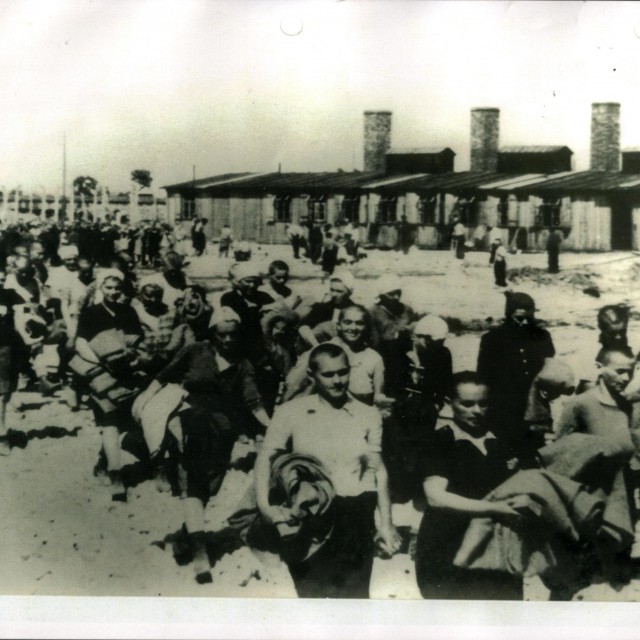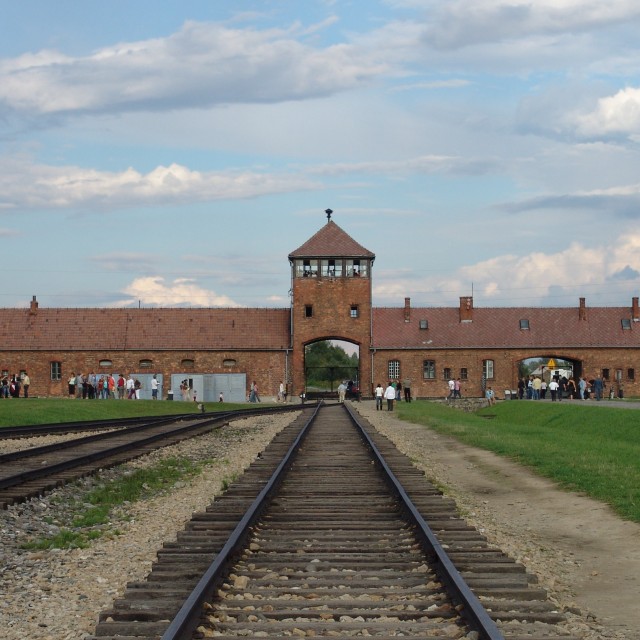A Broken Arm Meant Death
In October 1944, Markéta Nováková arrived to the Auschwitz concentration camp from Terezín with a broken arm. In the camp this automatically meant the death sentence, but when the guards were inspecting the inmates aligned in five rows her friends managed to hide her and the broken arm remained unnoticed. She also subsequently managed to pass through the selection process. “When the SS men were inspecting us, I was hiding the arm, first behind my back and then in the front. Then we went to the showers and there my friends helped me to get rid of the cast.” During the so called screening, Markéta Nováková also managed to hide a wrist watch, which later helped them to better plan the work load during their shifts. “We had to hand in all valuables. I had a wedding ring which I could not take off. When I saw what was going on I hid a wrist watch including the strap inside my vagina. They would have found out, because they inspected us even there. But thanks to the wedding ring they pulled me out of the row and they cut the ring off of my finger. I did not return back to the row. I told them that I was a gardener and they put me among the living.” There is a photograph from Auschwitz depicting girls wearing textile sanitary pads on their heads. “They were giving us clothes and among the garments there was also a pile of textile sanitary pads. We realized that it was October, it was getting cold and we had nothing to cover our heads with.”
Hodnocení
Hodnotilo 0 lidí
Routes
Not a part of any route.
Comments
No comments yet.













